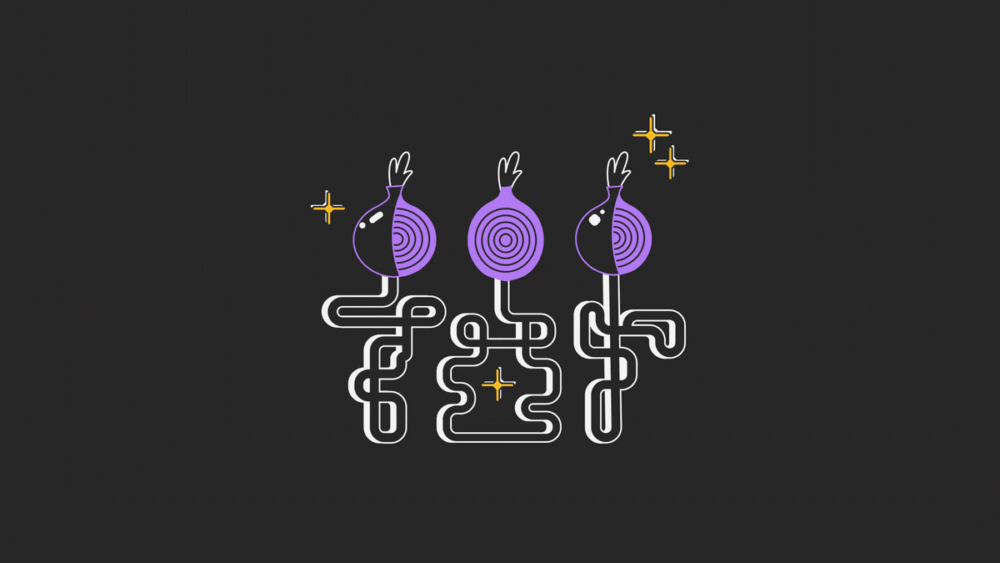Tor Project Removes Several Nodes Due to Risky Commercial Activity
The Tor ProjectThe Tor Project is a nonprofit organization dedicated to protecting online privacy and ensuring uncensored access to the internet. Emerging from U.S. Naval Research Lab experiments with onion routing in the 1990s, Tor evolved into a decentralized, volunteer-powered network that hides user identities by routing traffic through multiple encrypted relays. Since the launch of the Tor Browser in 2008, it has become a crucial tool for activists, journalists, and everyday users worldwide—supporting free expression during events like the Arab Spring and proving resilient in the face of mass surveillance disclosures. Today, Tor is sustained by a global community committed to human rights, transparency, and digital freedom. More team has explained their recent decision to remove a number of nodes from the Tor network, stating that these nodes posed a security threat to all Tor users. It was discovered that some relay operators were involved in a “high-risk cryptocurrency scheme promising financial rewards” without approval from the Tor ProjectThe Tor Project is a nonprofit organization dedicated to protecting online privacy and ensuring uncensored access to the internet. Emerging from U.S. Naval Research Lab experiments with onion routing in the 1990s, Tor evolved into a decentralized, volunteer-powered network that hides user identities by routing traffic through multiple encrypted relays. Since the launch of the Tor Browser in 2008, it has become a crucial tool for activists, journalists, and everyday users worldwide—supporting free expression during events like the Arab Spring and proving resilient in the face of mass surveillance disclosures. Today, Tor is sustained by a global community committed to human rights, transparency, and digital freedom. More.
Relays in the Tor network are routing nodes that help anonymize traffic by receiving and forwarding encrypted data to the next node. Most relays are operated by volunteers and enthusiasts who care about privacy, security, anonymity, and freedom of information online.
The recent removal of many nodes sparked heated discussions within the community about the rules for running relays and what constitutes a violation. In response, the developers decided to clarify their decision.
High-Risk Cryptocurrency Schemes and Network Integrity
According to Tor ProjectThe Tor Project is a nonprofit organization dedicated to protecting online privacy and ensuring uncensored access to the internet. Emerging from U.S. Naval Research Lab experiments with onion routing in the 1990s, Tor evolved into a decentralized, volunteer-powered network that hides user identities by routing traffic through multiple encrypted relays. Since the launch of the Tor Browser in 2008, it has become a crucial tool for activists, journalists, and everyday users worldwide—supporting free expression during events like the Arab Spring and proving resilient in the face of mass surveillance disclosures. Today, Tor is sustained by a global community committed to human rights, transparency, and digital freedom. More representatives, it was recently discovered that some relay operators were connected to a high-risk cryptocurrency scheme. Using relays for profit goes against the volunteer principles of those fighting censorship and surveillance on the internet.
The team also noted that if commercial interests were to take over a significant portion of Tor relays, control would shift from the community to questionable actors, and the security of the entire network would be undermined by aggressive centralization.
“We consider such relays harmful to the Tor network for several reasons, including the fact that some do not meet our requirements, and because these financial schemes pose a significant threat to the integrity of the network and the reputation of our project. They can attract malicious actors, put users at risk, or undermine the volunteer spirit that sustains the Tor community,” the developers wrote.
Risks to Operators and the Community
The Tor ProjectThe Tor Project is a nonprofit organization dedicated to protecting online privacy and ensuring uncensored access to the internet. Emerging from U.S. Naval Research Lab experiments with onion routing in the 1990s, Tor evolved into a decentralized, volunteer-powered network that hides user identities by routing traffic through multiple encrypted relays. Since the launch of the Tor Browser in 2008, it has become a crucial tool for activists, journalists, and everyday users worldwide—supporting free expression during events like the Arab Spring and proving resilient in the face of mass surveillance disclosures. Today, Tor is sustained by a global community committed to human rights, transparency, and digital freedom. More also reported that many operators of the removed nodes were putting themselves at risk, sometimes without even knowing about the project they were contributing to. Others were running relays in unsafe or high-risk regions.
The developers did not provide specific details about the potentially dangerous commercial scheme. However, comments on the original post suggest that the blocked nodes were linked to the ATor (AirTor) project, with around a thousand such nodes affected. This information has not been officially confirmed.
ATor’s creators claim that their project aims to improve the Tor network by rewarding relay operators with ATOR cryptocurrency. The value of ATOR dropped sharply after the Tor Project’s announcement, falling below $1.



